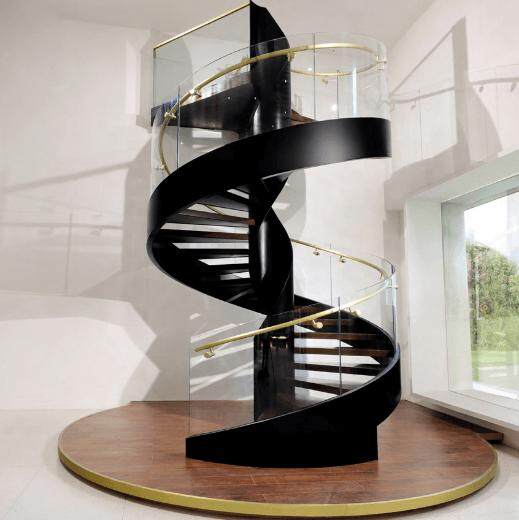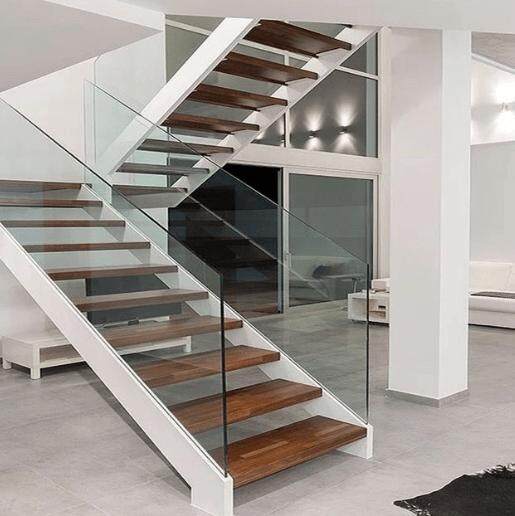The staircase is an integral element of any home's architecture, serving both functional and aesthetic purposes. When it comes to durability, versatility, and modern aesthetics, steel staircases stand out as an excellent choice.
However, selecting the right steel staircase for your home involves considering various factors to ensure it complements your overall design and meets your specific needs.
Material Matters: Understanding Steel Types
The first step in choosing a steel staircase is understanding the different types of steel available. Common options include carbon steel, stainless steel, and galvanized steel. Each type has its unique properties, such as corrosion resistance, strength, and cost.
Consider your budget, the staircase's location (indoor or outdoor), and the desired aesthetic when selecting the appropriate steel type.
Design Flexibility: Customization Options
One of the significant advantages of steel staircases is their design flexibility. Steel allows for a wide range of design possibilities, from sleek and modern to traditional and ornate.
Consider your home's architectural style and your personal preferences when choosing a design. Look for a manufacturer or designer who offers customization options to ensure your staircase complements the overall design of your home.

Balancing Safety and Style: Staircase Design
While aesthetics are essential, safety should always be a priority. Consider the staircase design in terms of riser height, tread width, and handrail placement. Building codes and safety standards dictate certain measurements to ensure a comfortable and safe staircase. Work with a professional designer or architect to create a design that balances safety and style seamlessly.
Indoor vs. Outdoor Considerations: Material Protection
The environment in which your staircase will be placed influences the choice of materials. For outdoor staircases, exposure to the elements requires corrosion-resistant materials like stainless steel or galvanized steel.
Indoor staircases, on the other hand, offer more flexibility in material selection. Consider the specific conditions to which your staircase will be exposed to make an informed decision.
Budgeting Wisely: Cost Considerations
The cost of a steel staircase can vary based on factors such as material type, design complexity, and customization options. Establish a budget early in the planning process to guide your decisions.
While steel may have a higher upfront cost than some other materials, its longevity and minimal maintenance requirements often make it a cost-effective choice in the long run.

Installation Expertise: Working with Professionals
The installation of a steel staircase requires expertise to ensure both safety and longevity. Collaborate with experienced professionals who specialize in steel fabrication and installation.
Check references, view past projects, and ensure the chosen team understands your vision and can execute it effectively.
Maintenance Matters: Long-Term Care
One of the key benefits of steel staircases is their low maintenance requirements. However, understanding how to care for your staircase can extend its lifespan.
Regular cleaning, especially in coastal areas where salt exposure is a concern, can prevent corrosion. Consult with the manufacturer or installer for specific maintenance guidelines tailored to your staircase.

Environmental Impact: Sustainability in Steel
As sustainability becomes a more critical consideration in construction and design, it's worth noting that steel is a highly recyclable material.
Choosing a steel staircase with recycled content or one that can be easily recycled at the end of its life contributes to environmentally friendly practices.
Conclusion
Finally, selecting the right steel staircase for your home involves a thoughtful consideration of various factors, including material type, design, safety, location, budget, installation expertise, maintenance, and environmental impact.
By carefully navigating these considerations, you can ensure that your steel staircase not only enhances the visual appeal of your home but also provides a durable and safe means of transitioning between spaces.
Remember, investing time in the selection process will result in a staircase that seamlessly integrates with your home's design and stands the test of time.






